



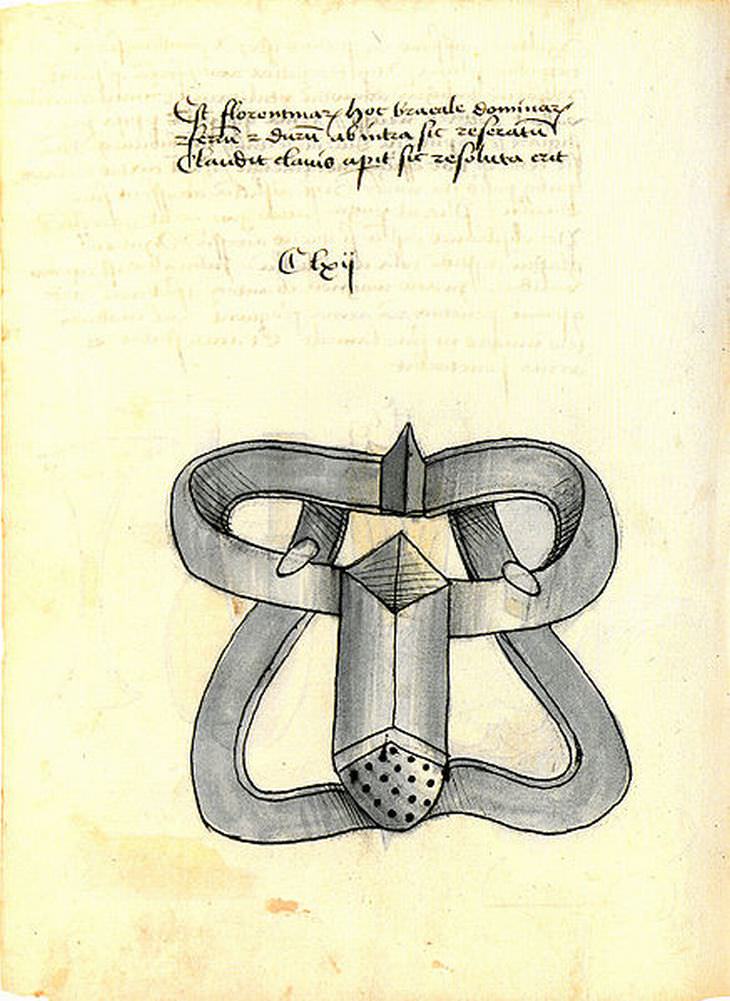
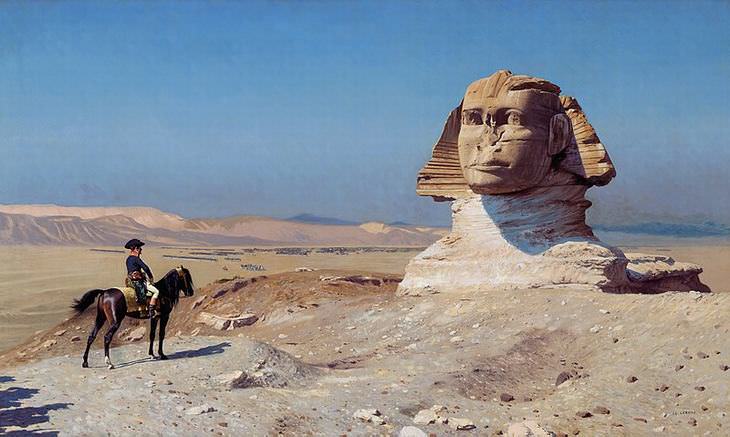

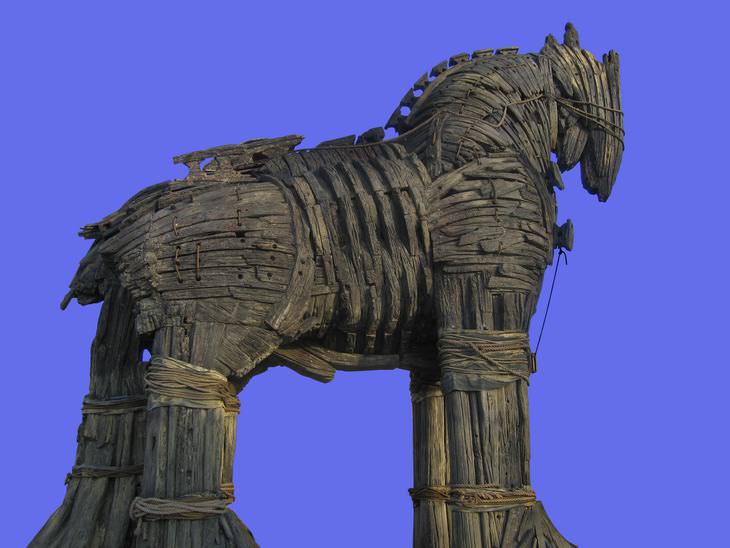

5 Strange Lesser Known Stories About the British Monarchy
Some of these lesser-known rumors about the British Royal Family are funny, some are mysterious, and some are just plain odd...
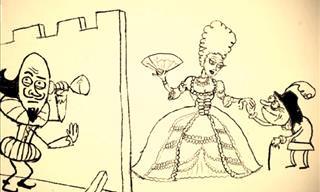 9:32
9:32
Learn All About the History of the English Language
Ever wondered where the English language came from and how it evolved over time? If so, then this is the perfect video for you!
 12:13
12:13
Don’t Buy Into These 11 Myths on Foot Hygiene and Health
Is there really a “correct” way to cut your toenails to prevent an ingrown nail? Podiatrists Sarah Haller and Brad Schaeffer debunk 11 foot myths.

It’s Time for Some More Spine Chilling Facts
If you’re in the mood to learn some baffling and spine-chilling things about the world we live in, you’re in luck. Take a look at these 12 scary but fascinating facts.

7 Creepy Historical Facts You Won’t Soon Forget
These true historical facts prove reality can be more creepy and disturbing than any ghost story.

13 Geniuses, Who On Some Level, May Have Been a Little Mad
These geniuses may have been smart, but they are incredibly weird too!

Learn the Secrets of the World's Most Persuasive Speakers
Persuasion is undoubtedly an art form, but how do you become recognized around the world for it? Learn 11 secrets of the most persuasive speakers alive.
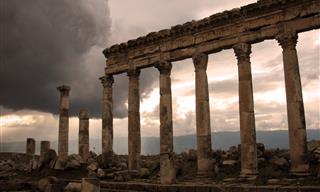
7 Interventions of Mother Nature That Altered History
We tend to forget how much power nature has over us. These are 7 times extreme weather conditions completely changed the course of history.
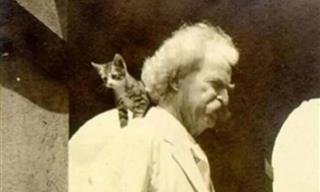
15 Rare Photos of Iconic Authors You've Never Seen
Your favorite iconic authors, as you've never seen them before.
 19:02
19:02
Hitler's Olympics: The 1936 Berlin Olympic Games
When the Olympics became a Nazi showcase.

25 Incredible Facts About the Famous Genghis Khan
Genghis Khan struck fear into the hearts of his subjects during his reign, but there's a lot more to the man than meets the eye. Here are 25 intriguing facts.

These Quotes Are Often Misused or Misunderstood By People
There are many famous quotes that get used continuously by people around the world, but that doesn't necessarily mean that they're being used properly.

When Inventors Met a Tragic End from Their Own Creations
While many inventors reaped the rewards of their work, a few unfortunate others paid the ultimate price.

8 Mysterious Objects Found By Deep Sea Divers
The oceans are vast and mysterious, and they hide many strange and curious lost objects. Here are 8 such items, unearthed by deep-sea divers.

These Regulations Should be Adopted by Every Country!
There are weird laws in different parts of the world, but some of them are so amazingly beneficial, they should be put into use everywhere.

Time Changes Everything... As Seen in These Photos
These incredible photos show just how powerful time is.

14 Obsolete English Terms We Wish Were Brought Back!
Over the centuries, so many eloquent and useful English words fell out of use. We wish these 14 clever (but sadly obsolete) terms were used more often.

Was There Ever a Real Uncle Sam?
Did you know the same man drew both Unce Sam and Santa Claus as we know them today?

What’s Written in the Sky? 8 Greek Constellation Myths!
Have you ever wondered how constellations got their names? These stories from Ancient Greece reveal the mythology behind 8 prominent constellations in the sky.

10 Battles in History Most People Don't Know About
The world would have been very different had it not been for these battles.
 26:11
26:11
Watch This Man Trying Five Star Hotels... For DOGS
re these doggie hotels worth the price? Watch the video to find out.
 5:38
5:38
The Bizarre History of the World's Most Stolen Painting
This painting is like a magnet for misdeeds, and was stolen again and again.

This Dog Saved Her Owner From Certain Death!
This dog proved her love for her owner in an amazing way: she used her incredible sixth sense to help save the woman's life.
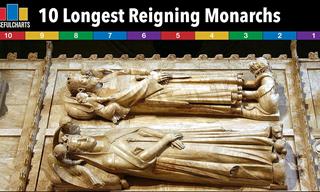 14:18
14:18
10 of the Longest Reigning Monarchs in World History
If you're judging a monarch's success by the number of years they reign, these 10 monarchs are the absolute best!

13 Ways the English Language Changed Completely
English has changed so dramatically over the years, that texts from the medieval era are barely legible for modern English speakers. Why?

6 Ways to Be Liked According to Top FBI Secret Agent
No one knows more about how to gain friends and trust than a top FBI secret agent. Here he provides 6 amazing rules to help you be loved by all.

These So-Called Facts Have Been Officially Disproved!
These beliefs we were taught as concrete facts were disproved and are no longer true!

These Women Were the First EVER Supermodels in History
Modeling looks like an obvious career path to us now, but it wasn't always so. Who were the first-ever supermodels who paved the way for stars like Cindy Crawford?

We Bet You Didn’t Know These Surprising Facts!
The more we learn about the world, the better can we understand how marvelous, fascinating, and unexpected it is. Here are 12 surprising facts to prove it.

Find Your Holiday Cheer in These 10 Christmas Books
These charming Christmas books will get you in the mood for the holidays.

The Secrets behind Houdini's Greatest Tricks!
Have you ever wondered how Harry Houdini carried out his stunning feats? Well, if you have, wonder no more! All is revealed here!

This Man Interviewed 500 Rich People and Got These Tips!
Hill interviewed over 500 self-made millionaires over 20 years and these are his financial tips.

15 Sunday Quotes for Laughs, Reflection, and Rest
To celebrate the spirit of Sundays, we’ve gathered 15 quotes that capture the essence of this beloved day.

Older Characters Steal the Show in These Brilliant Films
Here are ten unforgettable films where older characters take the lead in extraordinary ways.
 15:33
15:33
Does Regrowing Vegetables From Scraps Actually Work?
You're likely aware that you can regrow certain vegetables using scraps. But the real question is, does this method work for every type of vegetable?

12 Beautiful Plants That Will Transform Your Windows
Brighten your home with these gorgeous window plants.

The Past Was a Surprising and Truly Strange Time...
Here are some truly weird things that people used to do in the past from days gone by.
 2:39
2:39
How a Principal Inspired Students With a Dance Routine
To make his students do more exercise, a Chinese principal asked them to dance…
 11:02
11:02
The Incredible History of China's Terracotta Army
China's first emperor, Qin Shi Huang Di, had built a platoon of clay soldiers to accompany him in the afterlife. Find out more about this unusual piece of history.
 12:39
12:39
WATCH: 110-Year-Old Supercentenarian Talks of Life
Born in 1906, and having served in the South Pacific during WWII, Richard Overton is the US' oldest living veteran. Watch this video about his remarkable life.

Collection: The Most Influential People In History
The collection before you is one that celebrates the most incredible people in history that inspire, motivate, amaze us and show us the way.

This Could’ve Been the Worst Nuclear Catastrophe in the US
In 1961, the US avoided a major nuclear disaster thanks to sheer luck...

Don’t Say These Words Abroad, You Might Be Misunderstood
These 15 words are all similar to English ones, but they mean something completely different in other languages

10 Popular “Contemporary” Words Coined by Shakespeare
Shakespeare’s impact on the language we speak is far greater than most of us realize. These surprising words are just a few of hundreds attributed to the Bard.

These Lesser-Known History Facts Are Rather Surprising
Whether you're an avid historian or a bit of a novice to the subject, I'm sure that you will find these 10 facts rather surprising.

So Long, Pope Francis: The Story of a Beloved Pope
Let's have a look at the remarkable life and legacy of Pope Francis, exploring the experiences and values that have shaped his papacy and inspired a global community.
To enable your Ad-Free Subscription, please fill the fields below
Your subscription was successful, now you can enjoy an ad-free experience!! Note: To make sure you get no ads, please make sure to log in to your account. If you are logged in already, then refresh the page. The subscription can be cancelled at any time.


